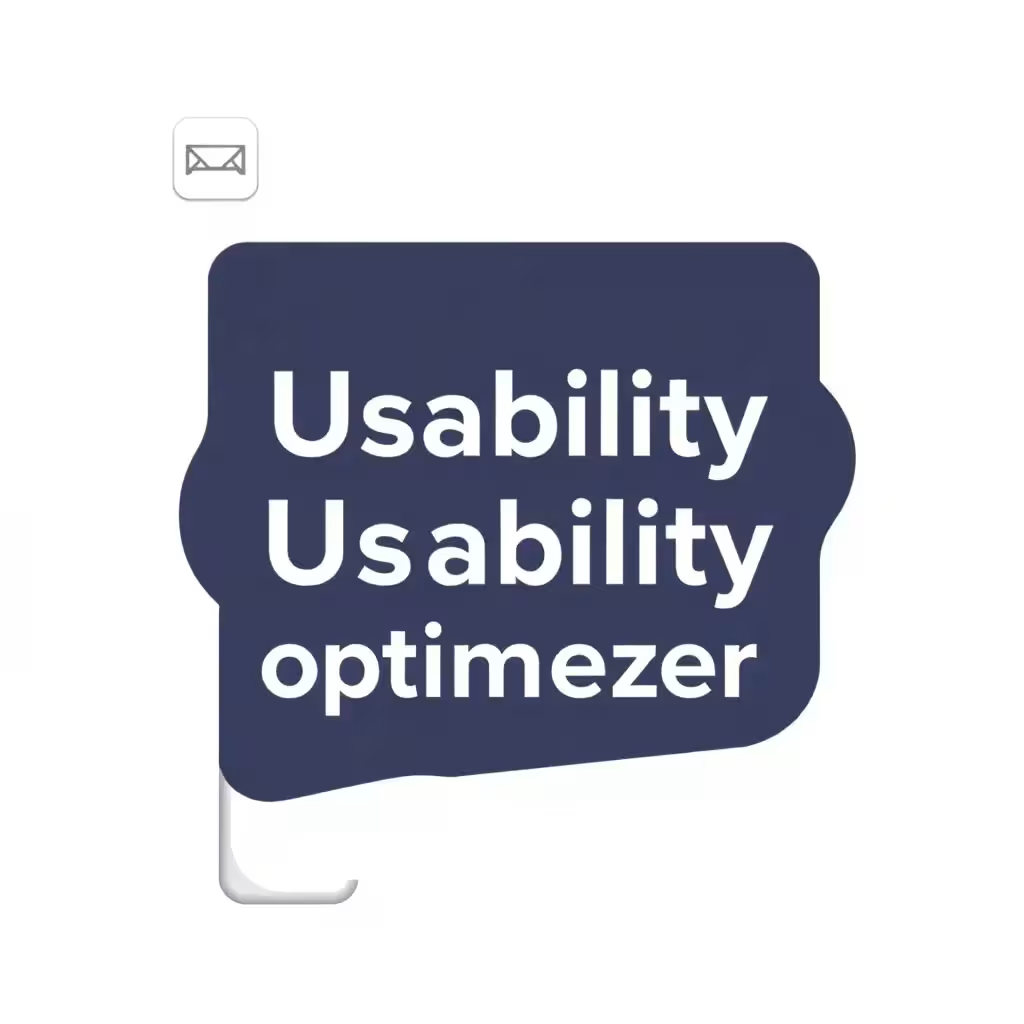The hyperlink - and how to use it sensibly
Many homepage operators, whether amateurs or professionals, will have been confronted at least once with the term hyperlink. However, many do not know exactly what it is or how they can use it for their website. website can use. So it makes sense to look into the term and find out what is actually meant by such a hyperlink. Furthermore, it makes sense to know how to use it correctly and how to exploit its full potential.
General definition of the hyperlink
Basically, a hyperlink is nothing other than a reference to an external website. This can be a normal URL, an image or an animation. It does not matter what you refer to - there are almost no limits for the creator of the hyperlink. You can also link to a document that you have created yourself, for example.
However, this is usually a direct cross-reference to other websites. This means: The visitor of the page clicks on the link and is immediately redirected to the target portal. Other structures are also possible, for example, redirection across several pages.
Depending on which page is involved, there is usually a direct connection. For the visitor himself it is optically visible that a link has been installed. Not only by the fact that the mouse pointer changes differently, but also by the different colour of the corresponding link itself. This serves the orientation as well as the usefulness in equal measure. This makes it clear at first glance which keywords lead you directly to an external website. The concrete benefits of this will be explained in detail later, but it is extremely important to know this factor.
Furthermore, one should be aware that if the visitor simply moves the mouse over the link, the name of the corresponding cross-reference will be displayed. The target page is therefore indicated in the browser window. If the target page itself no longer exists, a so-called "dead link" is created - the hyperlink itself still exists, but the target page can no longer be called up.
What is a hyperlink useful for?
In our modern times it is hardly possible to create a website without external information. In most cases you search the internet for appropriate sources for your own site. In order to indicate these as sources, hyperlinks can be used.
Hyperlinks can also be used to spread more information about a specific product or similar. The visitor may want more information on a certain topic - at this point it is wonderful to work with a hyperlink to give him this information. So hyperlinks are used for navigation and information flow in equal measure.
If you refer the user to pictures or documents, the visitor can also be provided with further selected input. In this way, for example, one can offer even more visual marterial.
Moreover, the principle is simple and user-friendly: the visitor to the site only needs to click once to see the desired content. The installation of hyperlinks is also useful when doing marketing or product placement, for example. Here, the visitor can be directed directly to the product to be purchased in order to generate additional clicks for his cooperation partner. All in all, it makes sense to use hyperlinks when building your website - to increase your presence and raise your professionalism, and all this in an uncomplicated way. The advertising that has been practiced and presented through hyperlinks for decades is now commonplace. By the way, the concept is also present in current literature - but here you have to find the source yourself.
How is a hyperlink to be integrated into the corresponding page?
This works with HTML Codes. The abbreviation "http://" must appear at the beginning of the link itself.
The HTML code itself is: Visible Text. The link must therefore be entered directly between the two commands. If you want to reach an HTML file, for example an animated image, you have to use the corresponding HTML code instead of the link.



